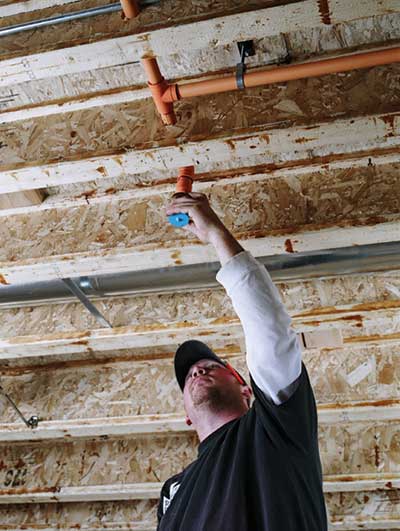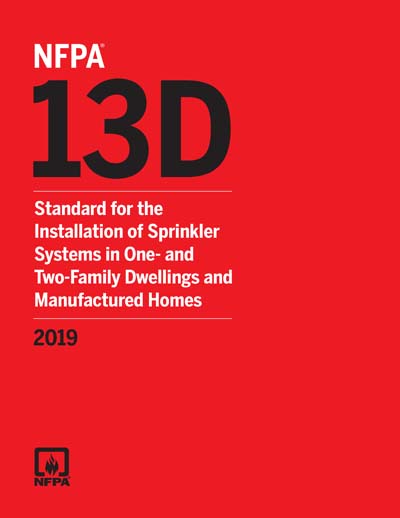For those new to residential fire sprinklers, it is beneficial to understand how the NFPA 13D standard fits into the regulatory framework. NFPA 13D has been around for more than 45 years and is constantly being reviewed, tweaked, and republished to reflect the latest in technology and our lived experiences with fires.
In Canada, the national or provincial building codes specify that if you are to build with sprinklers then you need to follow NFPA 13, NFPA 13R or NFPA 13D. NFPA 13D specifically applies to one- and two-family dwellings. The standard also applies to individual units in a row of town homes, and the building code would require the units to be separated by construction.
All NFPA standards are recognized as American National Standards. This does not mean that they are U.S. specific. In fact, numerous Canadians sit on NFPA committees. It just means that the standards are developed under an American National Standards Institute (ANSI) framework that includes requirements such as balance, openness, and transparency in their development. Anyone in the world can submit proposed changes and comments on the standards, and these are addressed by the committee and publicly reported. All NFPA standards are available for free public viewing through www.nfpa.org. This uniquely inclusive approach to writing standards ensures they properly reflect a balance of lived experience and science with stakeholder interests.
NFPA 13D takes advantage of low-flow residential fire sprinklers; these are life-safety features designed to wet walls and increase the chances for occupants to self-evacuate in the event of a fire. Fire sprinklers are located only in rooms that statistics show have been rooms of fire origin. As well, the standard addresses prevention of freeze ups, well-water applications, manufactured housing, and other unique challenges of residential development.
Not only has the standard proven itself these past 45 years, but the sprinklers themselves have shown their effectiveness. More than 33 municipalities in Canada have adopted residential sprinkler bylaws, and more and more jurisdictions are requiring sprinklers for new developments in areas that prove difficult for fire services to reach in a timely manner or have poor water supplies.
For more information on the benefits of residential fire sprinklers and public-education resources check out HomeFireSprinklerCanada.org.


